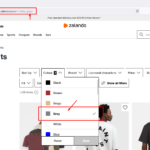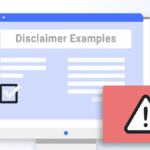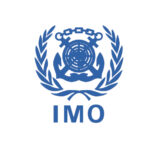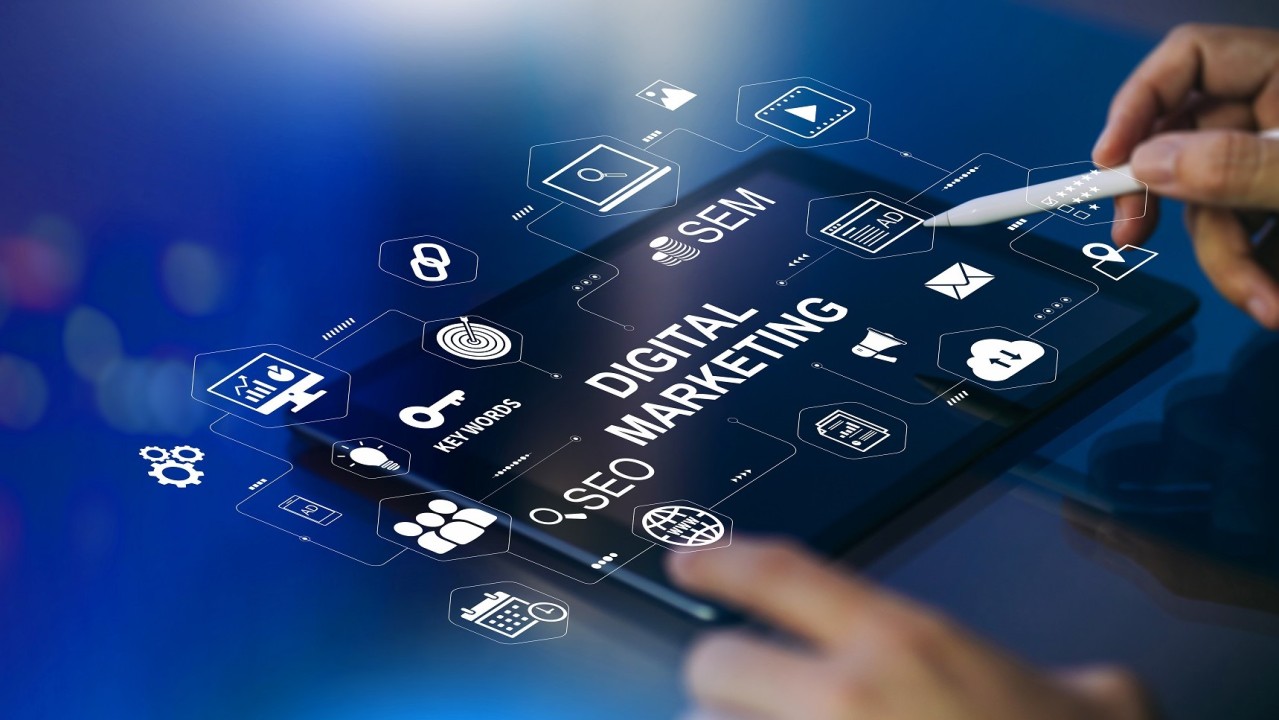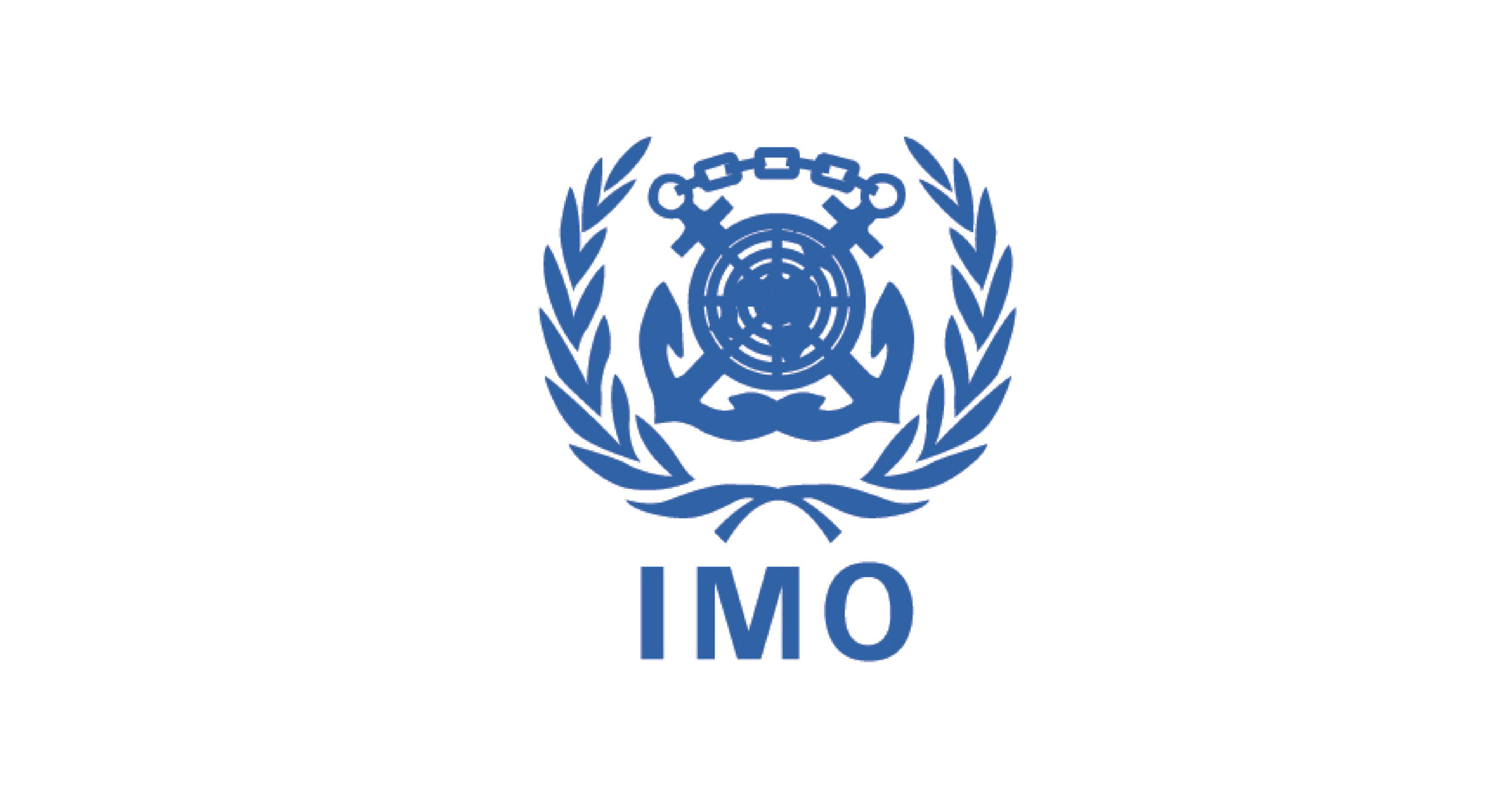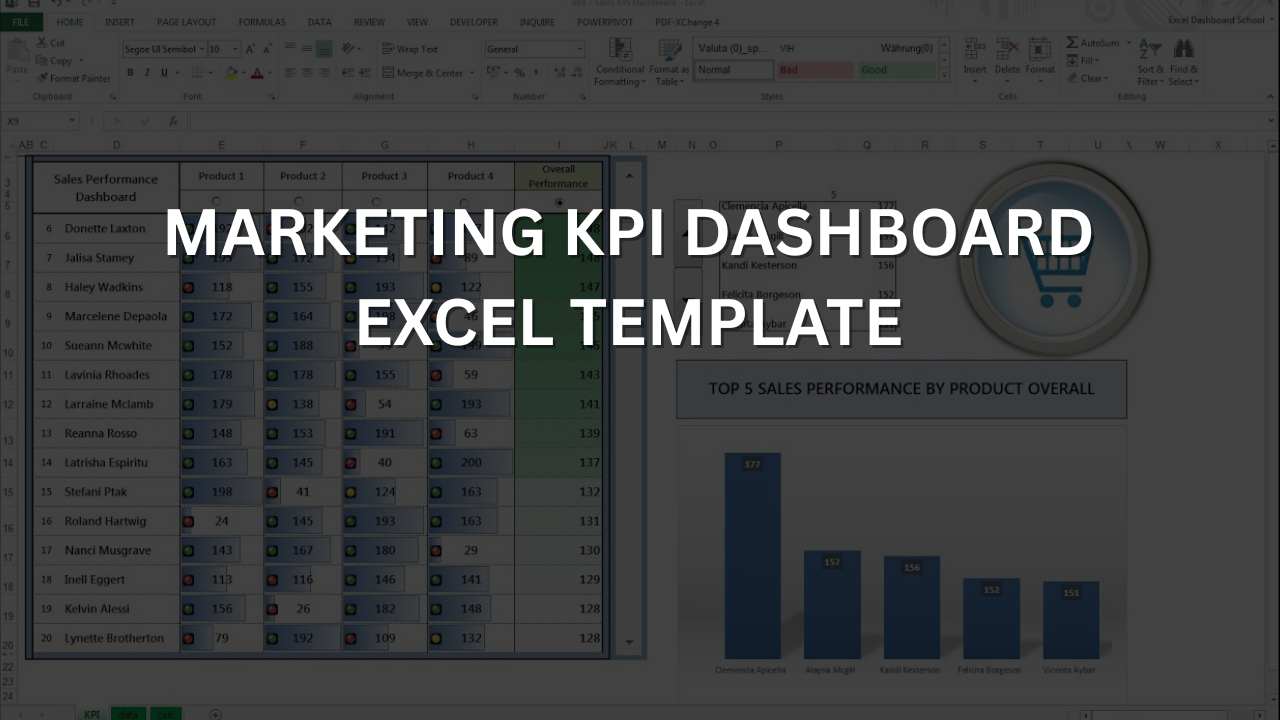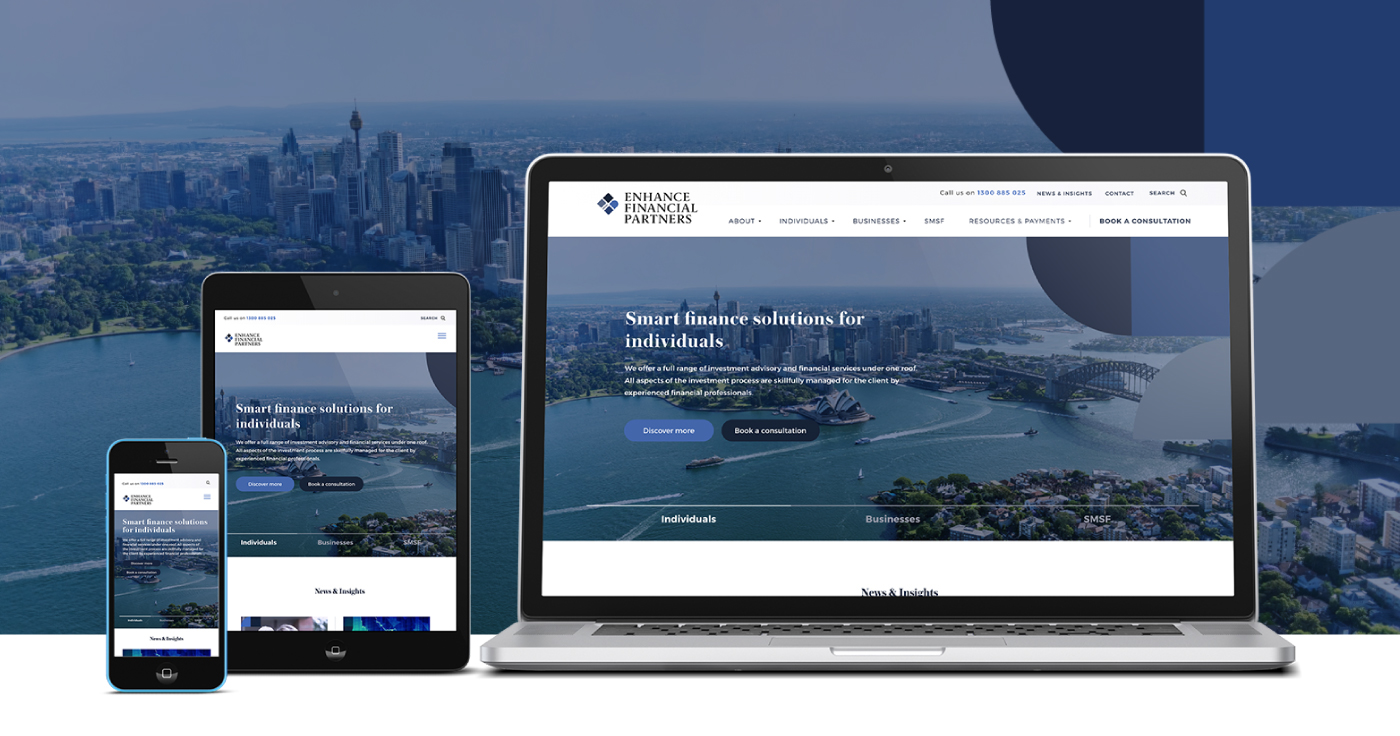In the fast-paced world of digital communication, where attention spans are shorter than ever and consumer expectations higher, brands can’t afford to blend into the noise. As we hit the midpoint of 2025, the landscape of marketing has evolved dramatically, fueled by advancements in AI, immersive social platforms, and a growing demand for authenticity. Recent innovative marketing campaigns in 2025 aren’t just ads they’re cultural moments that spark conversations, drive loyalty, and deliver measurable ROI. From satirical stunts that go viral to community-driven challenges that build lasting connections, these efforts highlight how creativity intersects with technology to redefine engagement.
Why does this matter now? With global ad spend projected to exceed $1 trillion this year, standing out requires more than budgets; it demands ingenuity. These campaigns show how brands are leveraging 2025 marketing trends like hyper-personalization, user-generated content, and cross-industry collaborations to cut through saturation. In this article, we’ll dive deep into standout examples, analyze their strategies, and extract actionable insights for your next move.
What Defines Innovation in 2025 Marketing?
Innovation in marketing has shifted from flashy visuals to experiences that resonate on a human level. In 2025, it’s about blending data-driven precision with emotional storytelling. Key drivers include:
- AI-Powered Personalization: Tools that tailor content in real-time, making every interaction feel bespoke.
- Immersive Social Experiences: Platforms like Instagram Reels and TikTok dominate, with AR filters and live events turning passive viewers into participants.
- Sustainability and Authenticity: Consumers prioritize brands that align with values, leading to campaigns that tackle real issues like body positivity or environmental impact.
- Viral Mechanics: Satire, controversies, and memes engineered for shareability, often amplified by influencers and user-generated content.
These elements aren’t isolated; they overlap to create campaigns that feel fresh yet relatable. For instance, viral marketing campaigns in 2025 often start with a hook on social media, then expand into omnichannel activations. The result? Higher engagement rates up 25% on average for innovative efforts, according to industry benchmarks and stronger brand recall.
Spotlight on Recent Innovative Marketing Campaigns in 2025
Let’s break down seven of the most buzzworthy recent innovative marketing campaigns in 2025. Each one showcases a unique blend of creativity and strategy, drawn from diverse industries. We’ll explore the concept, execution, and why it worked.
CeraVe’s “Michael Cera Conspiracy”: A Super Bowl Masterclass in Pre-Game Hype
CeraVe, the dermatologist-developed skincare line, turned heads with its Super Bowl LVIX campaign in February 2025. The “Michael Cera Conspiracy” built a month-long narrative suggesting actor Michael Cera was the brand’s secret founder. It kicked off with influencers “spotting” Cera signing bottles, escalated to leaked paparazzi shots, and peaked with Cera sending bootlegged PR boxes and awkwardly walking out of interviews.
What made this innovative? The phased rollout created organic buzz across TikTok, Instagram, X, and Reddit, involving over 400 influencers without feeling forced. CeraVe “fought back” on its channels, turning the conspiracy into a collaborative storyline that users co-authored. This reverse-engineered virality flipped traditional Super Bowl ads usually one-and-done into a sustained event.

The impact was staggering: 15.4 billion impressions pre-airing, Campaign of the Year at the Ad Age Creativity Awards, and a reinforced message that CeraVe is “developed by dermatologists, not celebrities.” Sales of their ceramide-rich moisturizers spiked 40% post-event, proving humor can humanize even clinical brands.
Duolingo’s “Duo’s Death”: Weaponizing Nostalgia for Retention
Language-learning app Duolingo pulled off one of 2025’s most talked-about stunts with “Duo’s Death” in February. The campaign “killed off” its beloved green owl mascot through cryptic announcements, a darkened app icon, and posts hinting at foul play. Users mourned en masse, resharing theories— even Dua Lipa amplified it on X before a community-driven “resurrection” via user petitions.
Innovation here lay in social psychology: Duolingo tapped users’ emotional attachment to Duo, transforming learners into evangelists. The storyline unfolded like a true-crime podcast, with TikTok challenges recreating “murder scenes” and Instagram Lives hosting fake memorials. This wasn’t just shock value; it tied back to retention, as “revived” users recommitted to streaks.
Results? The TikTok announcement alone garnered 500k likes and 120k shares, boosting app downloads by 18% and daily active users by 12%. It exemplifies how creative brand strategies in 2025 use controversy to foster community, turning potential churn into loyalty.
Liquid Death’s “Pure Sugar”: Satire That Sells Sustainability
Canned water disruptor Liquid Death struck gold with “Pure Sugar” in March 2025, a satirical jab at Big Soda’s tactics. They “launched” a fake French soda called Pure Sugar essentially water with added sweetness—via glossy ads featuring actors auditioning to promote it. The reveal? A prank exposing the absurdity, with participants relievedly choosing Liquid Death instead.
Key innovation: The campaign mimicked pharma-style ads for soda, complete with side-effect disclaimers like “may cause regret.” Distributed on YouTube and Instagram, it attacked greenwashing while reinforcing Liquid Death’s “death to plastic” ethos. Influencers extended the reach with reaction videos, creating a ripple of user-generated mockery.
With 3.6 million YouTube views and shares across marketing forums, it propelled the brand’s valuation to $1.4 billion. This campaign highlights 2025’s trend toward edgy, value-aligned content that entertains while educating.
Nike’s “First 5K” Challenge: Building Community Through Shared Milestones
Nike Running’s “Community First 5K Challenge” in April 2025 redefined fitness marketing by ditching polished endorsements for grassroots proof. Participants in select cities followed a free in-app plan, joined weekend meetups led by local creators, and shared finish-line clips with recovery tips. A simple digital badge unlocked store discounts, encouraging organic progress shares.
The genius? It bundled real-group dynamics over studio glamour, fostering accountability via visible community wins. Platforms like Strava integrated leaderboards, while Instagram Reels amplified user stories. This tapped into the wellness boom, positioning Nike as a facilitator, not just a seller.
Engagement soared: Meetup attendance hit 150% of targets, with social mentions up 35%. For brands eyeing successful campaigns 2025, this shows how tech-enabled communities drive long-term advocacy.
McDonald’s Canada’s Shania Twain Collaboration: Nostalgia Meets National Pride
In May 2025, McDonald’s Canada leaned into Canuck roots with a limited-time menu collab featuring country icon Shania Twain. Playful elements like “dressed” fries and cowboy boot keychains accompanied Twain’s endorsement, evoking ’90s nostalgia while tying into family-friendly vibes.
Innovation shone in cultural fit: The campaign matched McDonald’s mass appeal with Twain’s storytelling, sparking shareable moments like user duets on TikTok. OOH billboards in rural areas amplified the homespun feel, blending digital and physical touchpoints.
It became a monthly highlight, with menu sales jumping 22% and organic shares dominating feeds. This exemplifies how celebrity tie-ins in 2025 succeed when rooted in shared identity.
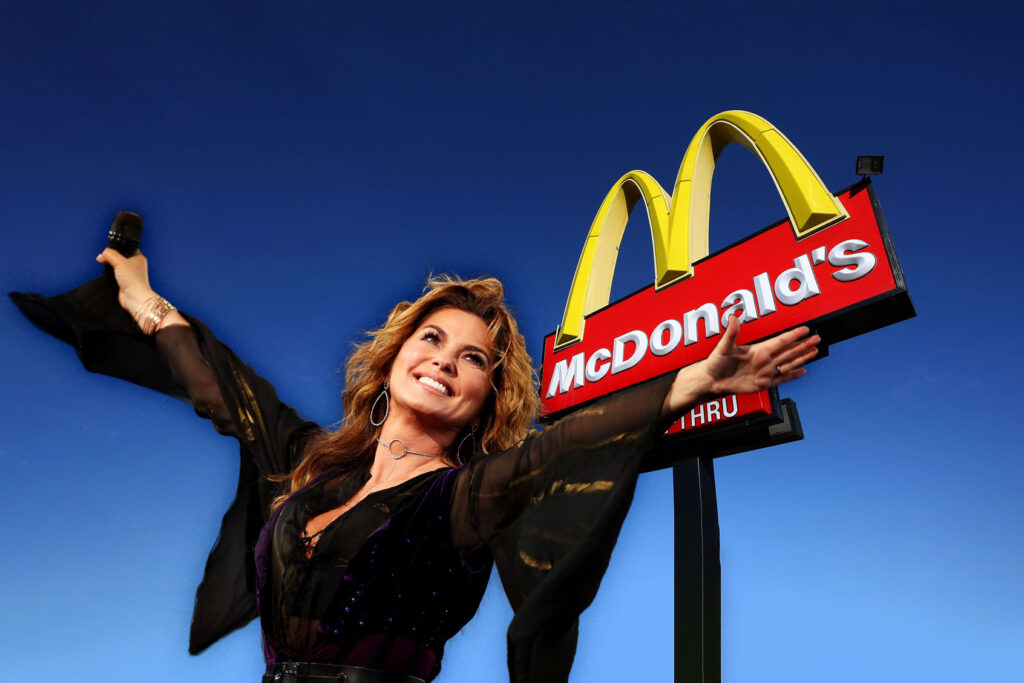
Blank Street Coffee’s Spring 2025 Matcha Campaign: Y2K Vibes on Instagram
Blank Street Coffee’s spring push centered on its Strawberry Shortcake Matcha, channeling Y2K nostalgia via Reels with Tamagotchis, retro soundtracks, and pixelated filters. In-person activations in cities like NYC handed out free shortcake slices, prompting instant Stories shares.
What set it apart? The aesthetic bridged Gen Z’s irony with millennial throwbacks, using AR filters for virtual “matcha pets.” Hashtags like #BlankY2KMatcha trended, turning sips into social currency.
The campaign boosted foot traffic by 28% and Reels views to 2.5 million. It’s a blueprint for Instagram campaigns in 2025: fun, interactive, and platform-native.
Arrae’s Pamela Anderson Partnership: Redefining Menopause Wellness
Supplement brand Arrae scaled boldly in June 2025 with MB-1 45+, a menopause aid featuring eight clinically studied ingredients. Pamela Anderson fronted the charge, promoting self-acceptance via NYC subway takeovers and heartfelt videos reframing midlife as empowerment.
Innovation: Anderson’s no-makeup authenticity shattered taboos, with content focusing on natural relief like energy boosts. Micro-influencer panels shared real testimonials, creating a supportive echo chamber.
Arrae hit $100 million in revenue, with the campaign driving 60% of Q2 sales. This underscores inclusive storytelling’s power in health marketing.
Comparative Analysis: Breaking Down the Winners
To see patterns emerge, here’s a table comparing these recent innovative marketing campaigns in 2025 across key metrics. It highlights how different tactics yield varied outcomes.
| Brand | Campaign Name | Key Innovation | Primary Platform(s) | Measured Impact |
|---|---|---|---|---|
| CeraVe | Michael Cera Conspiracy | Phased influencer conspiracy | TikTok, Instagram, X | 15.4B impressions; 40% sales spike |
| Duolingo | Duo’s Death | Emotional mascot “crisis” | TikTok, App | 500K TikTok likes; 18% downloads |
| Liquid Death | Pure Sugar | Satirical soda prank | YouTube, Instagram | 3.6M views; $1.4B valuation boost |
| Nike | First 5K Challenge | Community meetups & badges | App, Instagram | 35% social mentions; 150% attendance |
| McDonald’s CA | Shania Twain Collab | Nostalgic cultural tie-in | TikTok, OOH | 22% menu sales; high shareability |
| Blank Street | Spring Matcha | Y2K AR filters & activations | Instagram Reels | 2.5M views; 28% foot traffic |
| Arrae | Pamela Anderson Partnership | Authentic wellness reframing | Subway OOH, Video | $100M revenue; 60% Q2 sales |
This snapshot reveals a common thread: Multi-platform execution amplifies reach, while emotional hooks sustain momentum.
Emerging Trends from These Campaigns
Delving deeper, 2025 marketing trends reveal a pivot toward “participatory branding.” Campaigns like Nike’s and Duolingo’s invite co-creation, boosting retention by 20-30% per studies. Satire, as in Liquid Death and CeraVe, thrives on platforms rewarding quick wit, with TikTok algorithms favoring controversy.
Sustainability weaves in subtly Arrae’s natural focus echoes Liquid Death’s anti-plastic stance aligning with 68% of consumers who boycott non-eco brands. Collaborations dominate, from celeb nods to cross-industry mashups, proving partnerships yield 4x ROI when authentic.
AI lurks beneath: Personalization in Nike’s app plans or AR in Blank Street’s filters hints at predictive tech shaping future viral marketing campaigns.
Lessons for Marketers: From Insight to Implementation
These examples offer gold for pros. First, start with empathy understand pain points, like menopause stigma or fitness intimidation, to craft resonant narratives. Second, engineer shareability: Build in mechanics like hashtags or challenges to turn audiences into amplifiers.
Budget-wise, lean organic: Sudeley Castle’s zero-spend promo (from broader 2025 lists) proves creativity trumps cash. Measure holistically beyond views, track sentiment via tools like Talkwalker for nuanced ROI.
Risk tolerance is key; Duolingo’s “death” courted backlash but won hearts. For small teams, replicate Nike’s community model: Low-cost, high-reward.
FAQ: Your Questions on Recent Innovative Marketing Campaigns in 2025 Answered
1. What are some recent innovative marketing campaigns in 2025 that went viral?
Standouts include CeraVe’s “Michael Cera Conspiracy” with 15.4 billion impressions and Duolingo’s “Duo’s Death,” which sparked global mourning and 500k TikTok likes. These leveraged satire and emotion for organic spread.
2. How do 2025 marketing trends incorporate AI?
AI drives personalization, like predictive challenges in Nike’s app or AR filters in Blank Street’s matcha push, making interactions feel custom without creepy overreach.
3. Why are collaborations key in successful campaigns 2025?
They amplify reach authentically McDonald’s with Shania Twain boosted sales 22%, while Arrae’s Pamela Anderson tie-in shattered wellness taboos, showing cultural fit multiplies impact.
4. Can small brands run innovative marketing campaigns like these?
Absolutely. Focus on niche communities, like Nike’s local meetups, or zero-budget organics, as seen in castle promos. Tools like Canva and free social schedulers level the field.
5. What’s the ROI of viral marketing campaigns in 2025?
Varies, but Liquid Death’s satire hit $1.4B valuation growth; averages show 4x returns for participatory efforts, per Ad Age data.
6. How can I measure success for my 2025 campaign?
Track beyond metrics: Use engagement rates, sentiment analysis, and conversion funnels. Campaigns like Duolingo’s saw 18% download lifts from user co-creation.
7. Are there risks in edgy 2025 strategies like satire?
Yes—backlash is possible, but mitigated by alignment (e.g., Liquid Death’s eco-messaging). Test small, monitor real-time, and pivot fast.
Wrapping Up: Ignite Your Brand’s Next Big Moment
The recent innovative marketing campaigns in 2025 from CeraVe’s conspiratorial genius to Blank Street’s nostalgic sips—prove that boldness pays off in an era of fleeting attention. They remind us: Great marketing isn’t sold; it’s shared, felt, and remembered.

